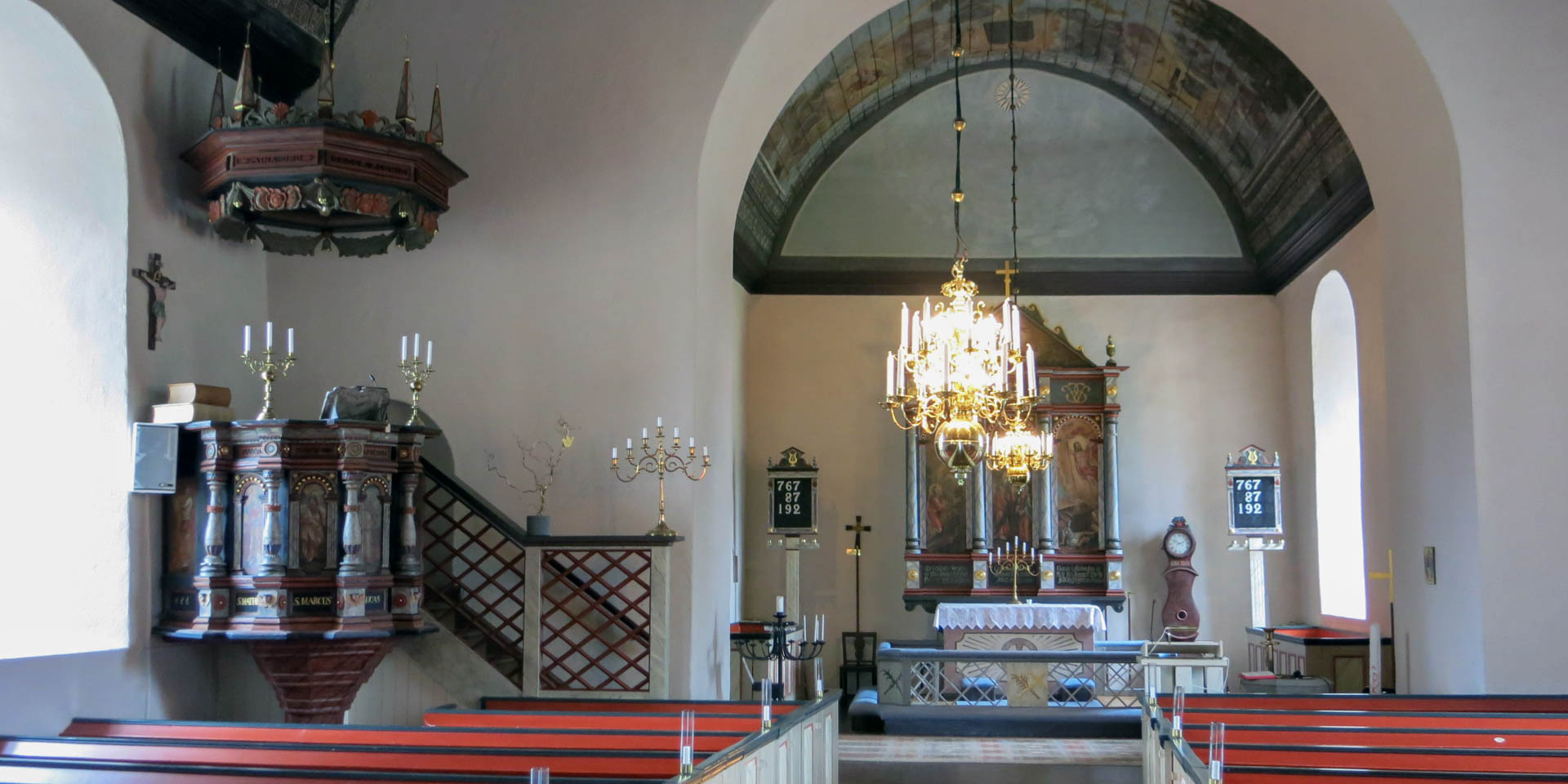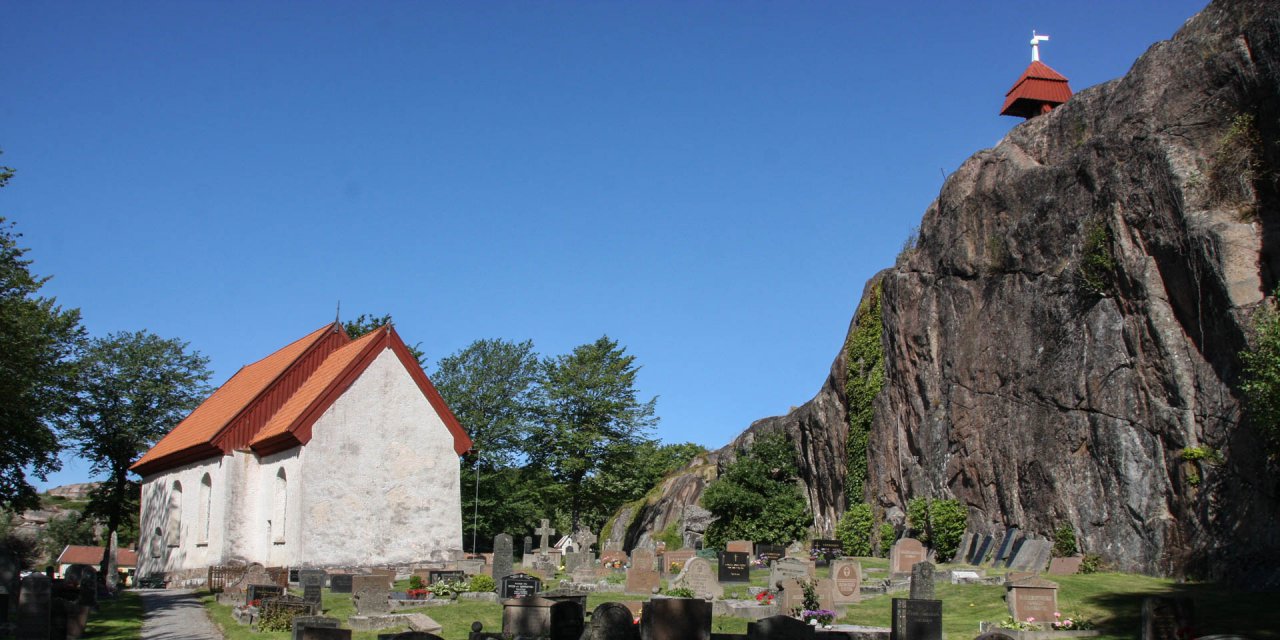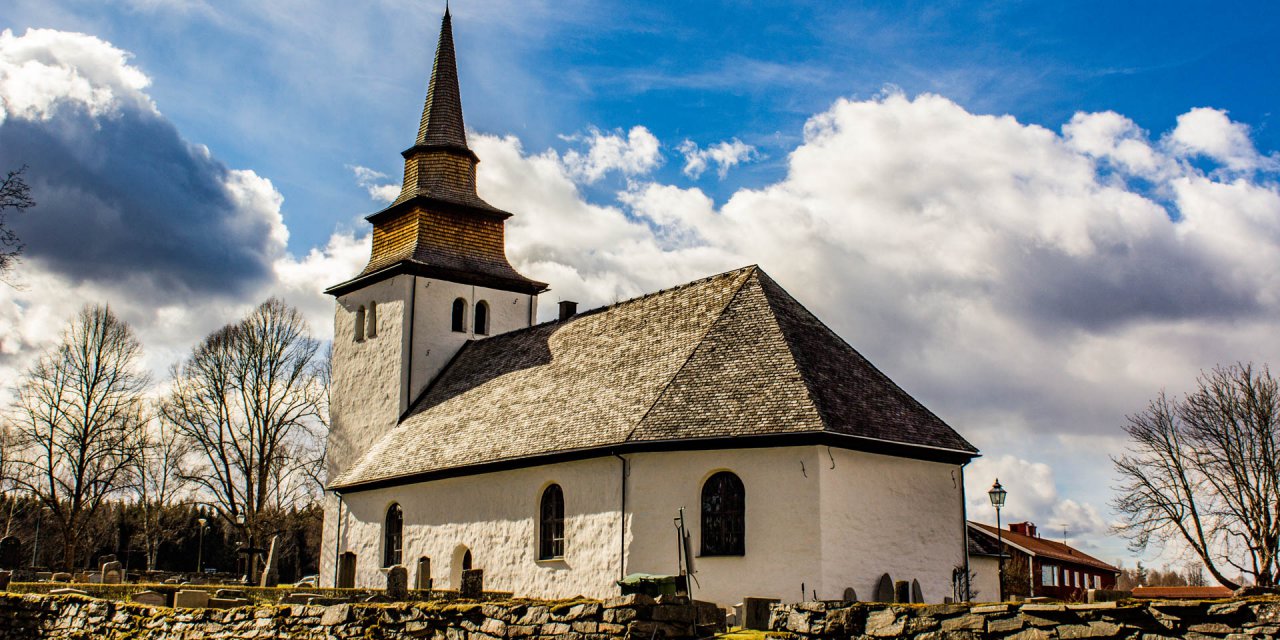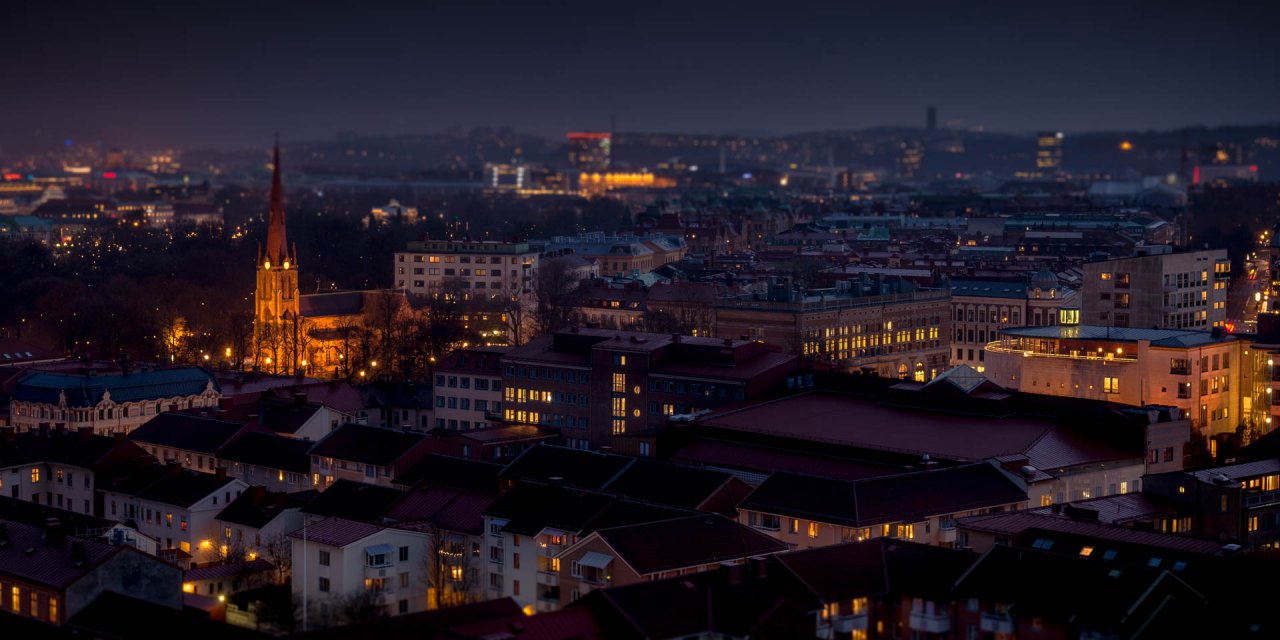

Naverstads Kyrka
Medieval church near Östad
Naverstads Kyrka, located a few kilometres outside of Östad in the north-west of the municipality of Tanum dates from the late 12th century and is one of the oldest churches in the historical province of Bohuslän that has been in use since it was built.
Typical for medieval church architecture, Naverstads Kyrka also consists of a rectangular nave with a narrower and lower choir room. In this case, however, it is assumed that the nave and choir were not built at the same time, as the masonry of the two parts of the building is not interlocked.
In the course of its long history, the church has undergone various additions and alterations. In 1669 a bell tower was built on the western gable wall, which was, however, severely damaged during an earthquake in 1736. The tower was rebuilt, but when it was destroyed again by a lightning strike only ten years later, the wooden belfry for the church's only medieval bell was built instead.
The ceiling paintings of Naverstads Kyrka
Around 1730, the wooden-clad ceiling as installed in the choir and nave and decorated with magnificent ceiling paintings by the German-born church painter Christian von Schönfeldt (1662 – 1742) in 1731. The motif under the ceiling of the chancel is influenced by Pietism and shows a wanderer through life full of suffering and trials, but also comfort and help.
The motif under the ceiling of the nave thematizes the Last Judgement, although the manner of execution is quite unusual, since the depictions are not aligned lengthwise but crosswise to the nave. Since the main entrance was still located on the long side of the church at the time the painting was created, the motifs were aligned in the direction of the entrance.
The second peculiarity is an asymmetrical picture structure and the absence of the hard demarcations between the individual scenes that were common at the time. This type of pictorial composition, which was revolutionary by then standards, is an early example of the departure from the pathetic and absolutely symmetrical forms of the Baroque to the light, playful and asymmetrical forms of the Rococo. The painter was harshly criticized for his unconventional work at the time and the artistic quality of the painting was compared to a picture book.
Personal influence of the church painter
The central motif of the painting shows Jesus on a rainbow in heaven, surrounded by other motifs with prophets, angels, King David and various saints. In the depiction of hell, von Schönfeldt has placed the picture of a man with a beer glass in his hand, which is a caricature of an innkeeper from Östad whom the painter could not stand. The similarity between the caricature and its model was so great, however, that everyone in the town knew exactly who was meant.
Other interesting objects inside the church are a seated statue of the Madonna from the 14th century as well as the pulpit from the 17th century, decorated with elaborate carvings in baroque style.



